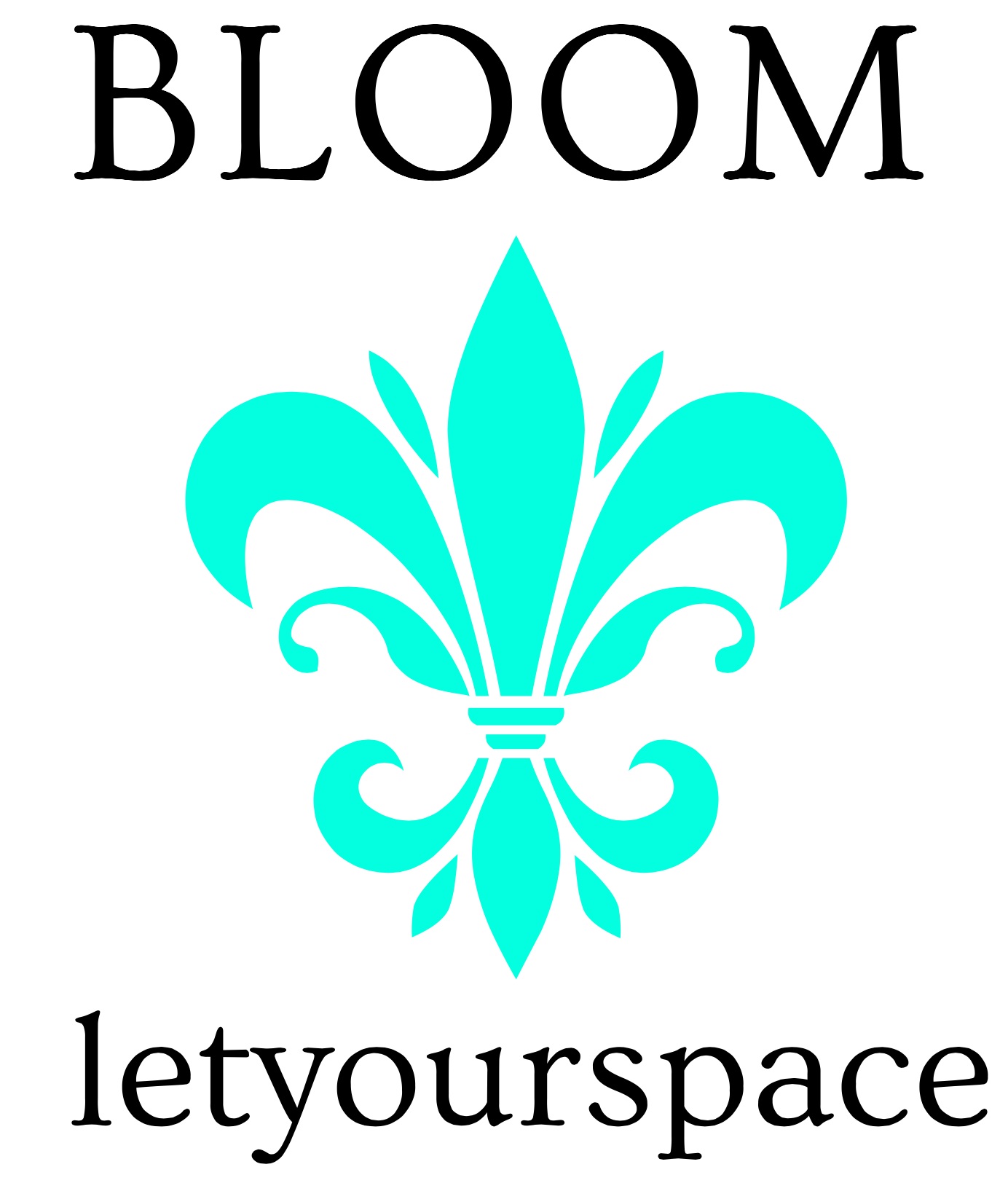You’ve likely heard the same mental health suggestions repeated a hundred times: meditate, sleep more, take breaks, drink water. They’re valid, yes—but they barely scratch the surface of what’s possible. When life presses in and the usual methods feel flat, it’s worth reaching beyond the basics. Mental clarity, emotional resilience, and nervous system ease can come from strange places. Some are ancient. Some are cutting-edge. All invite you into unfamiliar territory with real impact. Here are seven surprising practices—backed by science, tradition, or sheer human experience—that just might help you feel more like yourself again.
Take the plunge (literally)
There’s something transformative about cold water that goes beyond the initial shock. Pushing through the cold stress triggers a wave of endorphins, activates the vagus nerve, and taps into a powerful physiological reset. The trick isn’t endurance. It’s surrender. You’re not trying to win; you’re letting your system recalibrate in real time. Even a 30-second blast in a cold shower can kickstart this shift. Start small, breathe through the discomfort, and notice how your internal static quiets after.
Wander where the pavement ends
You don’t need a cabin in the woods to benefit from nature. You just need trees—and time. Forest bathing, the Japanese practice of immersive nature exposure, is less about hiking and more about attention. It's not exercise. It’s presence. People who forest bathe regularly show lower cortisol levels, more stable mood, and increased creativity, making it easier to slow down and reconnect with your internal compass. In the hum of leaves and crackle of twigs, you might find your nervous system unwinding its grip as you simply give it the time it needs.
Try a different kind of clarity
In the world of emerging wellness tools, not every solution comes from a lab—or a therapist’s office. Rare cannabinoids like THCa Diamonds are getting attention for their calming effects and mood support potential. While the research is still early, users describe a mental shift that’s less about sedation and more about clarity. For those who haven’t found relief from the usual methods, this is worth a look. Of course, context matters: legality, sourcing, and individual body response all count. But the possibility of new calm in an old system? That’s something worth exploring.
Declutter your visual field—quiet your mind
Our spaces speak to us. A cluttered room doesn’t just make life inconvenient—it can amplify anxiety, shorten your patience, and quietly drain cognitive resources. If you’ve ever felt like you couldn’t think clearly at home, it might be time to get some help getting organized. Working with a professional organizer isn’t about having a perfect home. It’s about reclaiming flow. When your belongings are arranged with intention and your surfaces invite calm, your brain no longer needs to parse constant disorder. The space becomes a co-regulator, helping your inner world settle as the outer one simplifies.
Float your way to stillness
Inside a sensory deprivation tank, external stimulation drops to near-zero. No phones. No light. No friction. Just your body suspended in warm salt water, weightless and silent. It’s not about escaping. It’s about remembering what it feels like when your nervous system isn’t on constant alert. A recent study shows that when you use floatation therapy to quiet your internal noise, it can significantly reduce symptoms of anxiety and depression. Sometimes, the path to feeling better begins with removing every single input for a while.
Let laughter do what logic can’t
You can’t think your way out of being overwhelmed. But sometimes, you can laugh your way into remembering you’re alive. Right up front: activating your mood circuits through laughter triggers a surge of feel-good chemicals while dialing down stress hormones. It doesn’t have to be perfect. It just has to be real. Watch something absurd. Rewatch something nostalgic. Let your shoulders shake. The reset happens not from what you watch—but from letting yourself feel it fully.
Make something with your hands
There’s a particular stillness that comes when you’re drawing, painting, sculpting, or building—not because it’s quiet, but because your attention is wholly absorbed. Engaging in art-making bypasses the analytical brain and drops you straight into emotional processing. It’s a form of wordless storytelling.Expressing what words can’t creates an external mirror of your internal experience—something visible, tactile, and manageable. You don’t need talent. You need movement. Crayons on paper. Clay between your fingers. The goal isn’t beauty. It’s motion, permission, and release.
You don’t need a textbook solution to shift your state. Mental wellness is as much about rhythm, sensation, and experimentation as it is about therapy or self-help books. Some days, the most healing thing is silence. Other days, it’s a punchline. What matters is that you stay curious. The brain is an ecosystem, not a machine. It thrives in novelty, in play, in regulation, in pattern disruption. Find what interrupts your spiral and invites something better. Whether it’s a plunge, a walk, a float, a sketch, or a reset in your own space—start somewhere. You’re not broken. You’re just overdue for something new.
Transform your home into a sanctuary of order and elegance with Let Your Space Bloom. Discover expert organizing solutions that free up your time for what truly matters!







